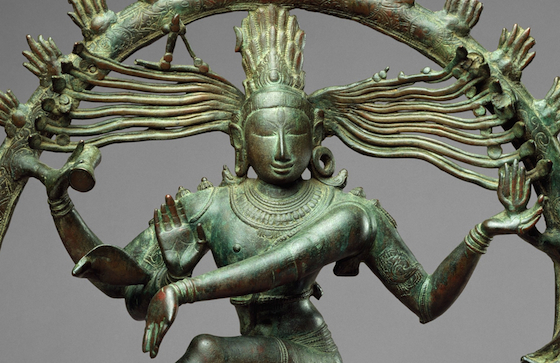- Visitor:28
- Published on:
The Fifth Veda
This is an excerpt from the book “Veda Mimansa – Volume 1” by Shri Anirvan. The Vedanta in reality is the culmination of the Vedic philosophy. It is the exposition of the meaning of the Veda from the standpoint of ‘Knowledge’ (Vijnana). Therefore, it may be said that in order to discover the meaning of the mantras, we have to have a foundation of comprehensive knowledge of the Upanisad, an intimate acquaintance with the Trantra, the Purana and a direct experience of the methods of the Yogic and Tantrik spiritual praxis.

The meaning in the Vedas was not totally lost. There is a saying in the Mahabharata: “Itihasa Puranabhayam Vedartham Upavrmhayet”. Very true. The endeavor to bring the import of the Veda to the domain of the mass has led to the development of the Itihasa and the Purana. That is why they are counted as the fifth Veda in the Brahmanas. One of the characteristic tendencies of this country is to elevate history to the level of philosophy by tingeing it in spiritual outlook.

The Puranas have not come down to us in an undistorted form. Yet one distinctive trait of the Puranas is unmistakable. Both the outer and inner histories of a whole nation, its mundane as well as the extramundane standpoints have been merged into a unified body in the Puranas. No matter what use they might be for understanding the external features of the history of the country, they are of immense value for comprehending its internal features. Numerous Vedic symbols have been elaborated in the Puranas. Like the Brahmanas, the Puranas too are not explanations of the Veda from its beginning to end; but they too like the Brahmanas carry symbolic meanings. Both of these have the same ambience of spiritual thought.
This may easily be said that as it is not possible to understand the meaning of the Vedic ritual unless we understand the Tantrik practices, similarly, it is not possible to comprehend the vision of the Veda unless we have a close acquaintance with the vision of the Purana.
Another thing has to be added to this that unless one has a fairly good acquaintance with the methods of the Yoga system of meditation and its science of consciousness, then it would be mere arrogance to try to probe either the Upanisad or Vedanta Philosophy. The Vedanta in reality is the culmination of the Vedic philosophy. It is the exposition of the meaning of the Veda from the standpoint of ‘Knowledge’ (Vijnana). Therefore, it may be said that in order to discover the meaning of the mantras, we have to have a foundation of comprehensive knowledge of the Upanisad, an intimate acquaintance with the Trantra, the Purana and a direct experience of the methods of the Yogic and Tantrik spiritual praxis. All the religious sects of our country have all along been proclaiming that the source of their religious thoughts and practices is the Veda.
- 14 min read
- 0
- 0










